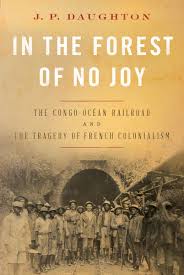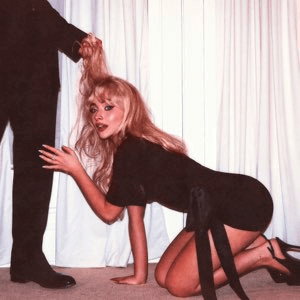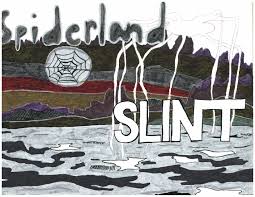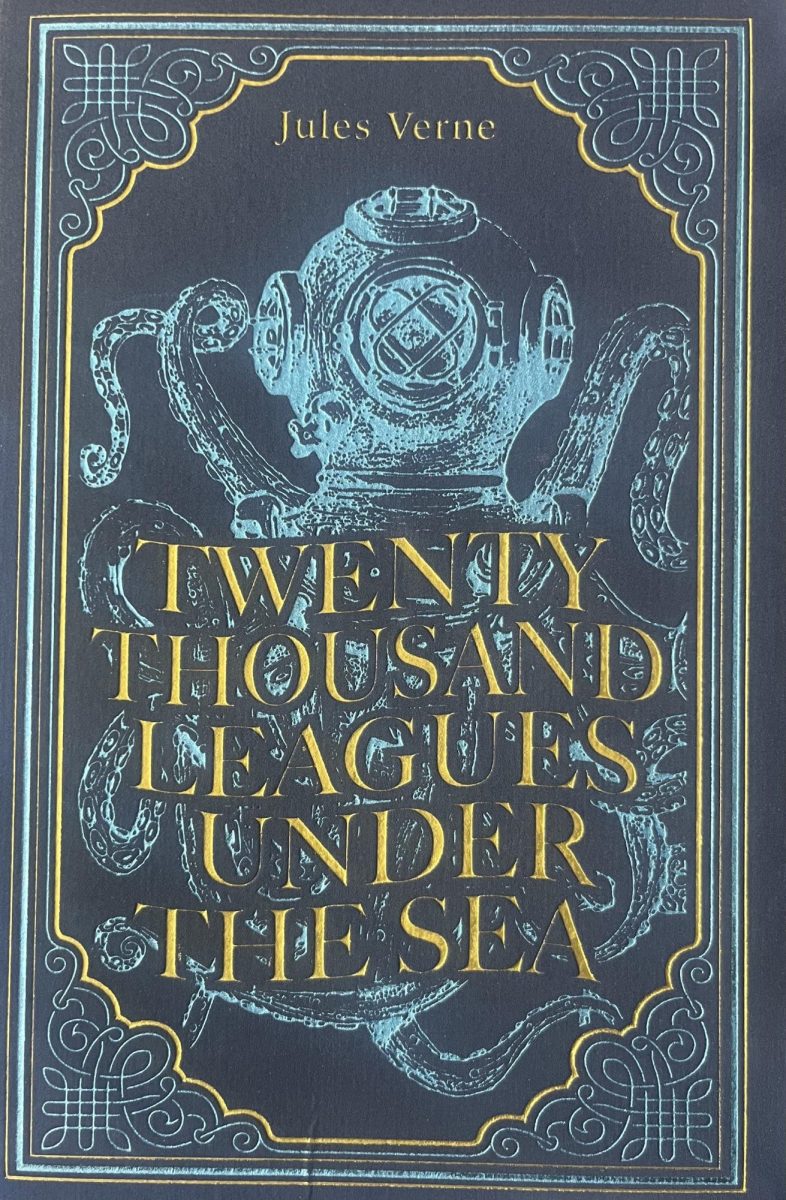Godzilla vs. Kong: Watch for the Battles, Not the Acting

April 5, 2021
Directed by Adam Wingard, “Godzilla vs. Kong” stars Rebecca Hall and Alexander Skarsgård. But honestly, the characters on the poster are the stars, and the real reason people are watching this movie.
The film follows a line of continuity starting back from 2014’s “Godzilla,” 2017‘s “Kong: Skull Island,” and 2019’s “Godzilla: King of the Monsters.” These three films were all very successful at the box office and definite crowd pleasers.
Despite this, the critical response to these previous films were varied. With the 2014 and 2017 installments receiving generally positive reviews and 2019‘s receiving lukewarm to negative reviews.
The latest installment in this monster verse is certainly not the most nuanced and mature film you’ll see this year but does exactly what it should: Allow an audience to sit back and marvel at groundbreaking effects and big action sequences that are extremely fun.
This may sound easy, but if you have seen the previous installments in this cinematic universe then you know that the largest complaint is the lack of extended fight sequences between the creatures. Audiences would come out of the theater and complained about the constant cutting of epic fights to check in on the boring and paper-thin human characters.
Although this film still struggles with its interesting and deep human characters it does at least have the respect to not constantly cut back to them in the middle of what are quite literally groundbreaking fight sequences between the monsters. This is without a doubt where this film excels the most.
The visual effects and sound design are quite marvelous and certainly epic. If a film like this, which relies so heavily on the design and look of the titular characters is poor then no one will spare the time and money to watch it. Luckily, each scene that features a fictional creature looks excellent, especially the climax.
The director also does a great job representing how truly enormous these monsters are by always having a familiar scale to reference such as a human or a building. On top of this, the color palette does a great job at showcasing the mood from scene to scene and representing to the audience how new aspects of the film are intended to be based on their unique coloring.
Unfortunately, besides the strong scenes with the monsters, this film does not garner much positive conversation. At least 90 percent of the dialogue is pure exposition that is only in the film to help audience members who did not care to watch the previous installments of the franchise.
Scene to scene extremely talented actors are wasted by being given boring and inorganic dialogue to throw out to the audience as to help them understand a rather simple plot.
Another aspect that the film struggles with is the emotional attachment to human characters. Every actor in this film that is majorly featured is well-known and a strong performer, but the script lacks any depth besides one character.
The main child character is a deaf girl, Jia, the daughter of Rebecca Hall‘s character, IIlene. She has a strong connection to Kong and they communicate with each other through sign language. Her arc with her mother and Kong is truly the heart and soul of the film and without her strong performance — especially for a child actor with no dialogue — this film would be emotionally empty.
Unfortunately, besides her character everyone else does not have any time to develop an authentic arc. A common theme for the human characters is the loss of a loved one and without giving away spoilers the audience sees the loss of a character and her family member who is heavily featured in the film never mentions it and it is extremely noticeable, lazy and unforgiving.
Along with this, other characters mention the passing of a loved one from their past once throughout the entire runtime, often through a photograph or object very quickly and that is this film’s lacking attempt at empathy.
By the end of the first act, you are hoping to sprint past the scenes that don’t feature Jia or the titular characters. When a film features characters who are in the plot only to serve as either exposition or comic relief and without any real development it is difficult to get behind the story.
Luckily through the great relationship between Jia and Kong, in addition to Kong’s visual effects, that portion of the story carries the emotional weight just enough to scrape by.
One last large issue with the film is that the first act rushes without any real reason for why the events are taking place. Godzilla’s first attack on land happens without any explanation. Another unfortunate Godzilla complaint is that besides this one very quick scene in the first 15 minutes of the film the audience doesn’t get to see him until about the hour mark in a movie that is less than two hours.
All in all, if you want to gauge how audiences overall are responding to this film look no further than the domestic and worldwide box office. Just in the US the film has already earned about $10 million, which is the highest during the pandemic. Overseas the movie has grossed over $120 million already.
This is welcoming news to an industry that has struggled mightily throughout the pandemic and casual moviegoers all the way up to the most hard-core cinephiles should be very pleased with this financial news. Maybe a film just like this one, where audiences can turn off their brain and watch action packed harmless fun for 90 minutes is exactly what cinemas need right now.
Overall “Godzilla vs. Kong” certainly lives up to the hype of the scenes including the titular characters but fails in just about every other aspect. Not worth the subscription to HBO MAX but certainly worth the one time visit to a movie theater where this type of film can be best enjoyed. Come for the expectation of epic action sequences and stay for that reason only.
























